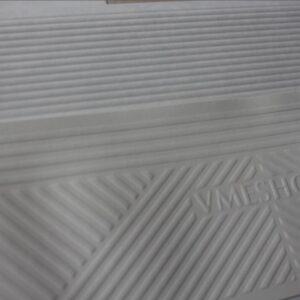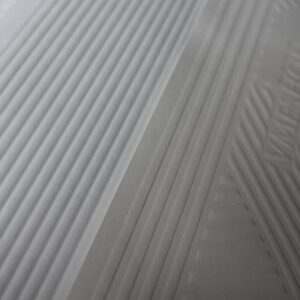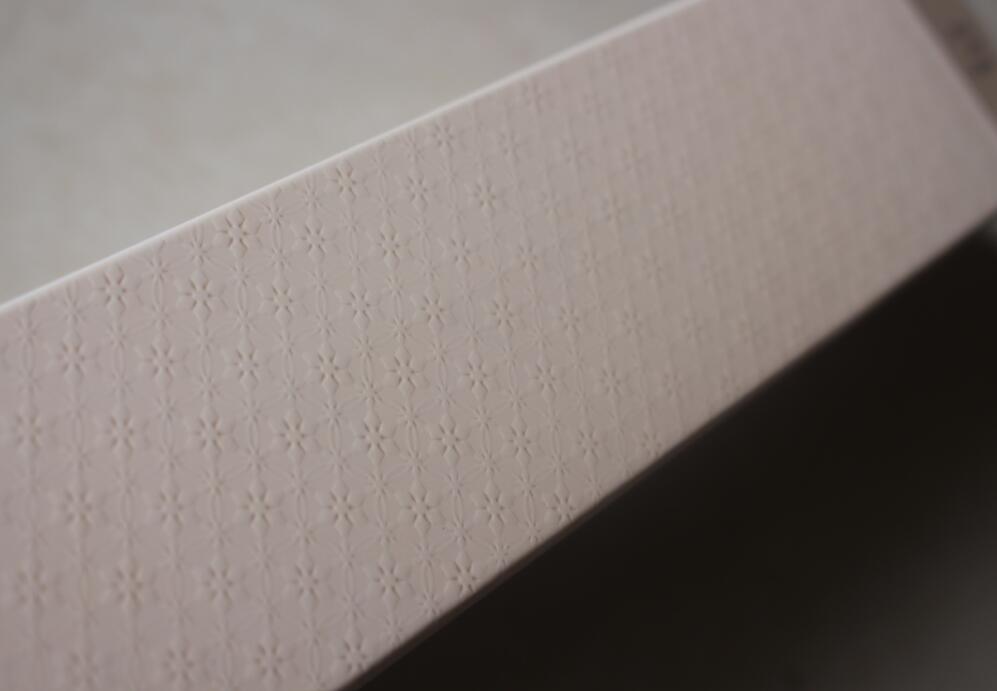Blog
What is Debossing and Embossing?
What is Debossing and Embossing?
The Debossing & Embossing process is a common and widely used printing process, and its production process is also relatively simple.
1. Definition of Debossing and Embossing
Embossing (embossing) is a special process for finishing the surface of printed matter. It uses yin (concave) and yang (convex) molds to mechanically apply pressure that exceeds the elastic limit of the printed material to perform artistic processing on the surface of the printed matter.
The process of using two concave and convex molds to press a printed matter into a embossed image. If the image and text are not printed with ink, the embossed image and text are directly pressed using a concave and convex mold, which is called plain embossing (colorless embossing).
2. Purpose of debossing and embossing
The main purpose of embossing is to enhance the three-dimensional and artistic appeal of printed images and texts.
Note: The embossing effect is relatively flat. If you want a better effect or want a layered feel, you can use embossing.
3. The concept of debossing and embossing
Embossing (embossing) printing molds: Commonly known as embossing mold.
Concave and convex printing mold: It is composed of two printing molds that match each other with high accuracy.
Gravure (intaglio): Process the concave and convex parts of the graphics and text, and the direction of the product after processing is opposite.
Relief mold (positive mold also known as backing mold): Process the concave and convex parts of the graphics and text, and the product direction is the same after processing.
4. Application of embossing and debossing printing mold
Requirements for printing mold: 1. Have a certain hardness; 2. It has wear resistance.
The substrate of the printing mold: the negative plate includes zinc mold, copper mold, and steel mold; The positive plate has a polymer material, gypsum, paper, or zinc plate.
Common problems and solutions in embossing process:
A. The pattern outline is not clear.
Causes:
- Uneven base mold and insufficient pressure;
- Uneven distribution of gypsum layer and insufficient thickness of gypsum layer;
- The accuracy of the imprinting machine is poor, and the negative plate and the gypsum positive plate cannot fit tightly, causing displacement;
- The paper is uneven in thickness or has two sheets.
Solution:
- Increase the pressure appropriately and adjust the base mold (relief mold);
- Repair with gypsum slurry
- Adjust the mechanical accuracy and position of the gypsum board or repair the gypsum board;
- Eliminate double sheets and replace paper.
B. The contour is not accurate.
Causes:
- Inaccurate engraving position of printing mold (negative mold, intaglio mold);
- Inconsistent printing specifications;
- There are errors in overprinting during printing.
Solution:
- If the image and text of the negative plate (gravure) is smaller than the printed matter, it is corrected on the printing mold.
- If the error is smaller than the printed matter (small), it is corrected on the positive mold (relief mold).
- If the above methods are not available, it is necessary to remake the concave and convex mold.
The above are relatively common issues. There are many more process issues, and the probability of occurrence is relatively low. We won’t explain too much here. If you are interested, you can leave a message to sales@chinaprintinggroup.com and explain it again when you have the opportunity.
5. Common prints for embossing and embossing processes
Exquisite book and magazine album covers, boutique gift boxes, advertising leaflets, handbags, cosmetics packaging boxes, envelopes, business cards, trademarks, etc.
6. Paper substrate for embossing and embossing process
Usually, 200g-400g and 157g of paper are thin, and too thin paper can explode (crack).





